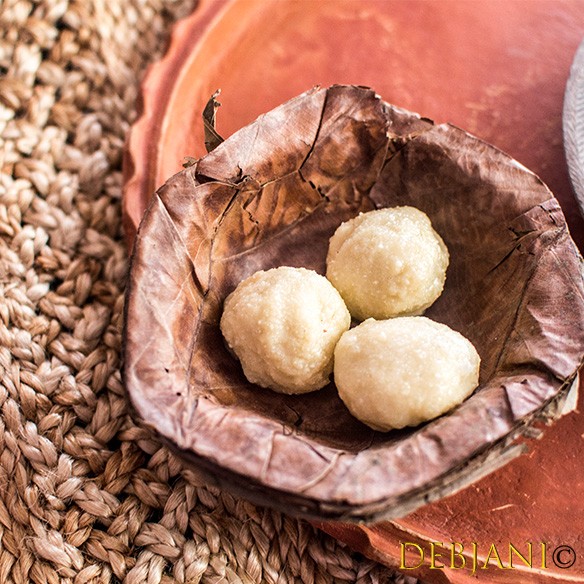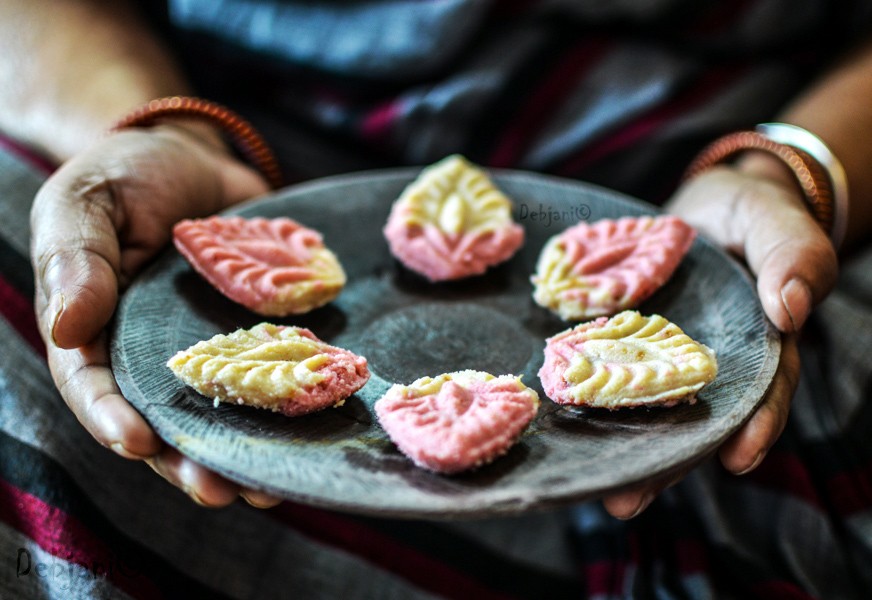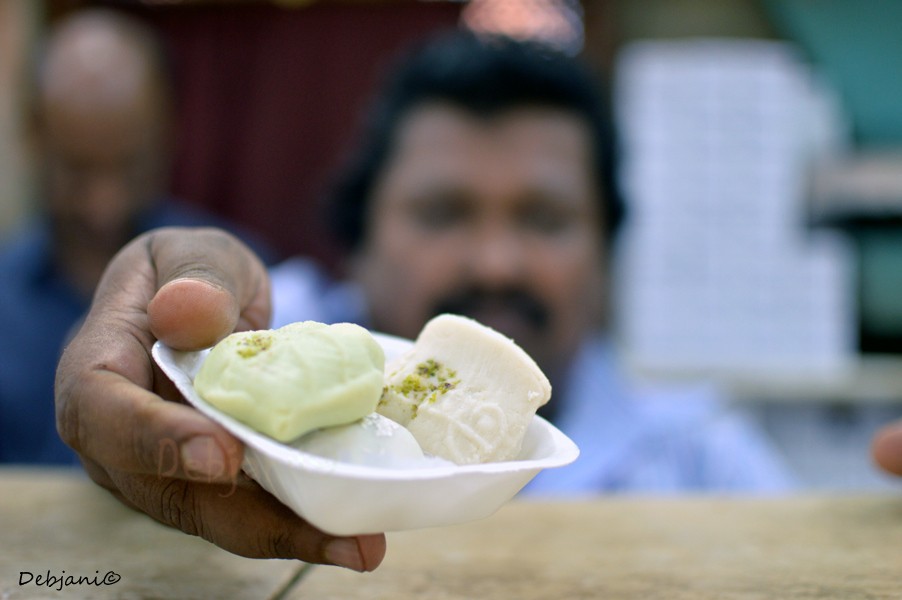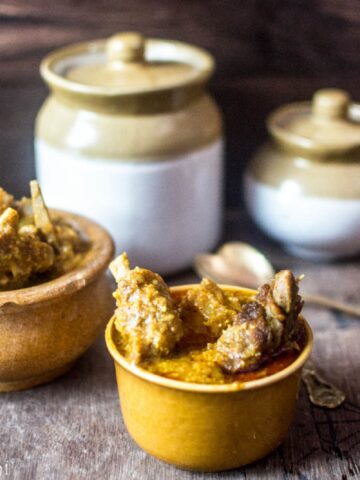"Know your Shondesh" this is what I told me while writing this blog post! While Banglar Rosogolla received the GI tag; the same has not been applied to Shondesh yet in any form! Is it like the history of Shondesh is not that Misti as Roshogolla? What do you think? For me, however, if Roshogolla is the queen of Bengali sweets; and Shondesh indeed is the King.
Now that I have talked about King and Queen; what about the people who created them! Yes, I am talking about the "Moira" clan aka the traditional Bengali sweet makers. Well, before going further; let me share a few lines by famous Bengali Kobiyal and Moira Bholanath Das. What else one could use to introduce Shondesh when there is a Gaan (Song) available which was written by a famous Shondesh maker.
শীতে ভাজি মুড়ি খই; গম্মি কালে ঘোল মই
বারো মাস ভিয়াই সন্দেশে।
খাইতে ভোলার গোল্লা ফিরিঙ্গি এন্টোনি মোল্লা
হল্লা করে তাল্লা দিয়া বসে।।
নহি কবি কালিদাস; বাগবাজারে করি বাস।
পুজো হলে পুরি মিঠাই ভাজি।।
বসন্তের কুহু শুনে ভক্তির চন্দন সনে
কৃষ্ণ পদে মন ফুল সাজি।।
This poem talks about the life of a Bengali Moira in the true sense. In fact, this also talks about the famous rivalry between Bhola Moira and Antoni Firingi.
Know your Shondesh:
We all know that Shondesh is a famous Bengali sweet mostly prepared with Chana. Well not always. Have you realized it can be prepared with Kheer too! In fact, that is what people used to use while making Shondesh initially. The Sondesh we eat today; came into existence around 400-450 years back. Though a similar dessert was mentioned in medieval literature such as Ramayana which however, was prepared with kheer instead of chana.
The initial days of Shondesh!
Famous Shondesh types:
- Makha Shondesh: Chana cooked with Sugar/ Jaggery and mashed. No shape is given to this particular type.
- Talsansh: See Below
- Shondesh and different shapes: Generally after cooking the Chana; moulds are used to give different shapes to Shondesh. To name a few: Sankh-shaped, Ata-shaped, Flower-shaped, etc.
- Norom Paker Shondesh: In this case, the shondesh is of soft in texture.
- Korapaker Shondesh: Here' the texture is rough.
A few famous Shondesh Shops and the Inventors!
Before going further, I must mention I just have recorded a few legendary shops but not all. I will update this portion of the blog post whenever I have further details. I would be really grateful if I receive further information from the readers to update this portion. There are several books available which talk about Shondesh such as Rasabati by Sankar; Amar dekha Kolkata by Pyari Mohan Mukhopadhyay; Banglar Khabar by Pranab Roy and also a book by Mayurakshi Prakashan called Shondeshnama. Janai's Jamindar Bari's Predecessor; Sharmishtha was kind enough to share some valuable details about Monohara and Janai.
Late Paran Nag and Jonaier Monohara followed by the birth of Bhim Chandra Nag!
Bhola Moira followed by Nabin Chandra Das:
Surjo Modok and Jalbhora Talsansh:
Kalidas Modak:
Girish Chandra De and Nakur Chandra Nandi, the Father in law - Son in law pair:
Makhan Lal Das:
Dwarik:
Sen Mahashoy:
Adhar Mishtanna Bhandar:
Balaram Mallik and Radharaman Mallik; the brothers:
Last but not the least, Balaram Mallik and Radharaman Mallik. Late Ganesh Mallik came from Konnagar and opened a Mistir dokan which was ultimately named by his two sons; Balaram and Radharaman. Now one of the finest sweet shop chain in Kolkata.
How about making Shondesh at home! Here are a few easy Shondesh recipes from Debjanir Rannaghar in case you are not in West Bengal and wanted to savor Shondesh:
- Janai-er Monohara! Monohara (মনোহরা) Recipe
- Nolen Gurer Sandesh
- Baked Kesari Sandesh
- Two in One Sondesh
- Kancha Golla
How do you like Know your Shondesh blog post from Debjanir Rannaghar!
Do let me know your opinion. Also, I would love to see a picture of a shondesh which you can share here on dolonchttrj@gmail.com. Meanwhile, on Instagram, you can use my hashtag #debjanirrannaghar and in addition, you can tag me at @foodofdebjani.
You can follow me on Facebook, Twitter, Pinterest and Instagram for updates and recipes from Debjanir Rannaghar.





Leave a Reply